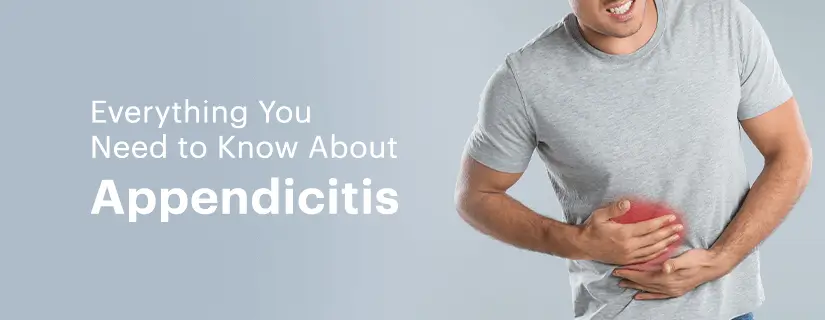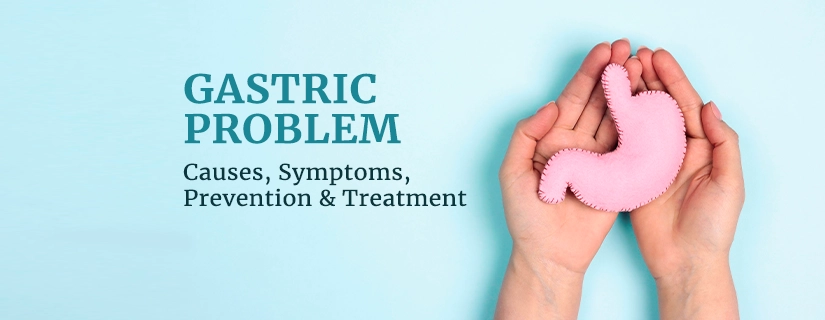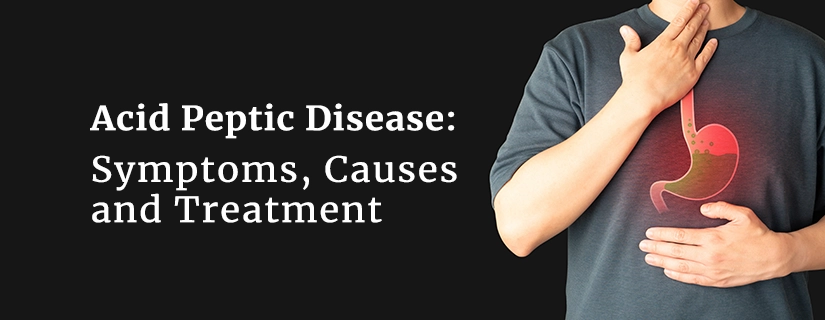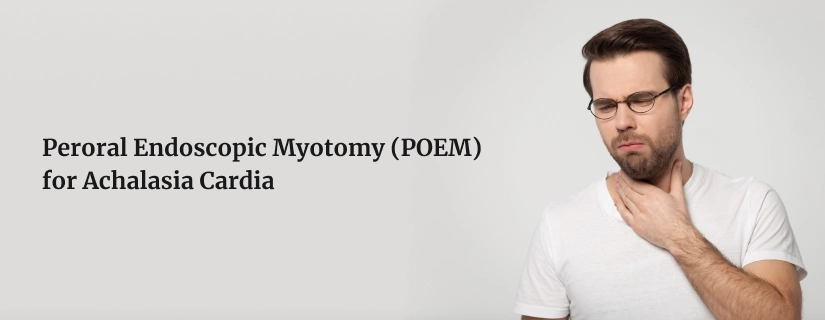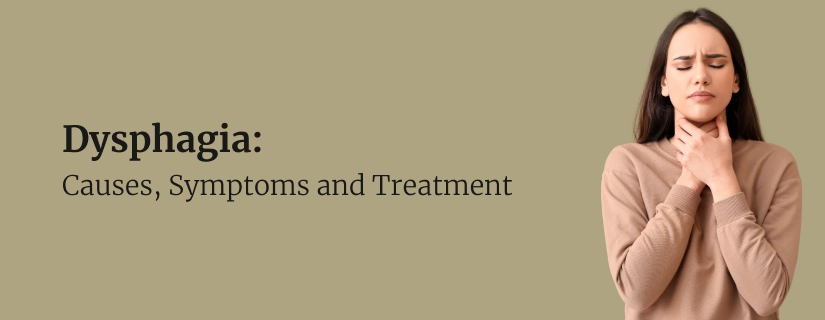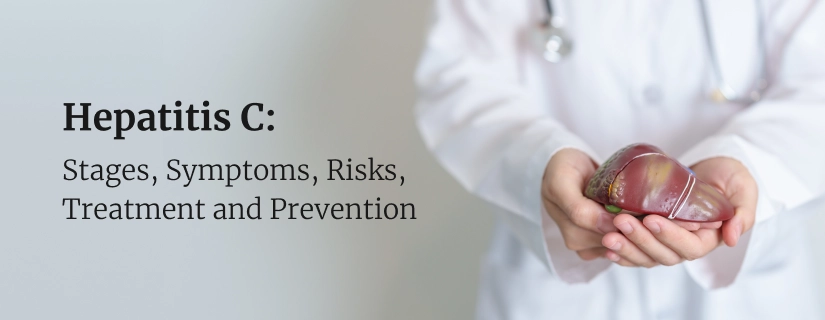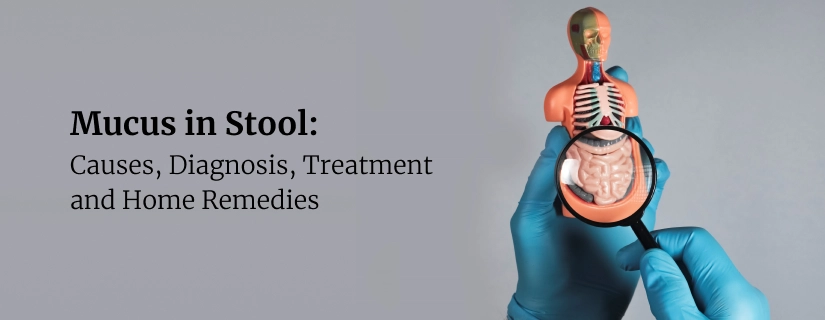-
Doctors
-
Specialities & Treatments
Centre of Excellence
Specialties
Treatments and Procedures
Hospitals & Directions HyderabadCARE Hospitals, Banjara Hills CARE Outpatient Centre, Banjara Hills CARE Hospitals, HITEC City CARE Hospitals, Nampally Gurunanak CARE Hospitals, Musheerabad CARE Hospitals Outpatient Centre, HITEC City CARE Hospitals, Malakpet
HyderabadCARE Hospitals, Banjara Hills CARE Outpatient Centre, Banjara Hills CARE Hospitals, HITEC City CARE Hospitals, Nampally Gurunanak CARE Hospitals, Musheerabad CARE Hospitals Outpatient Centre, HITEC City CARE Hospitals, Malakpet Raipur
Raipur
 Bhubaneswar
Bhubaneswar Visakhapatnam
Visakhapatnam
 Nagpur
Nagpur
 Indore
Indore
 Chh. Sambhajinagar
Chh. SambhajinagarClinics & Medical Centers
Book an AppointmentContact Us
Online Lab Reports
Book an Appointment
Consult Super-Specialist Doctors at CARE Hospitals
Cyst vs Abscess: Know the Difference
Updated on 22 January 2024

Exploring the subtle yet crucial disparities between cysts and abscesses reveals distinct characteristics in their formation, symptoms, and implications. Unraveling these differences not only improves our medical literacy but empowers us to recognize and address these conditions effectively. In this insightful journey, we delve into the unique aspects that set cysts and abscesses apart, providing a basis for well considered medical decisions.
Common Types Of Cysts And Abscesses
Cysts and abscesses can manifest in various parts of the body, each presenting with unique characteristics. Here are common types of cysts and abscesses:

- Epidermoid Cysts:
- Description: Slow-growing, usually benign cysts filled with keratin.
- Location: Common on the face, neck, and back.
- Sebaceous Cysts:
- Description: Result from blocked sebaceous glands, containing sebum.
- Location: Often found on the face, neck, and back.
- Ganglion Cysts:
- Description: Fluid-filled cysts typically occurring near joints or tendons.
- Location: Common on wrists and hands.
- Ovarian Cysts:
- Description: Fluid-filled sacs that form on the ovaries.
- Symptoms: Can cause pelvic pain, irregular periods, and discomfort.
- Breast Cysts:
- Description: Fluid-filled sacs in the breast tissue.
- Symptoms: May cause breast tenderness and pain.
- Pilonidal Cysts:
- Description: Develop at the base of the tailbone, often containing hair and debris.
- Symptoms: Can lead to pain and infection.
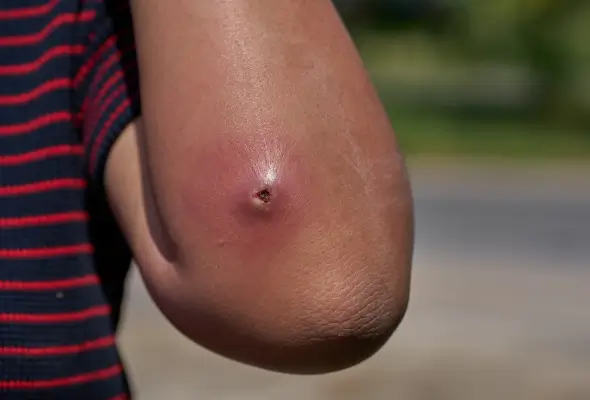
Common Types of Abscesses
- Skin Abscess:
- Description: Collection of pus beneath the skin's surface.
- Causes: Often the result of a bacterial infection.
- Dental Abscess:
- Description: Infection around the tooth or gums, forming a pocket of pus.
- Symptoms: Severe toothache, swelling, and fever.
- Perianal Abscess:
- Description: Collection of pus near the anus.
- Symptoms: Pain, swelling, and redness in the anal area.
- Bartholin's Abscess:
- Description: Infection of Bartholin's glands, causing a painful lump.
- Location: Near the vaginal opening.
- Liver Abscess:
- Description: Collection of pus in the liver.
- Symptoms: Abdominal pain, fever, and jaundice.
- Brain Abscess:
- Description: Infection in the brain tissue, forming a collection of pus.
- Symptoms: Headache, neurological symptoms, fever.
Understanding these common types is crucial for recognizing and addressing cysts and abscesses appropriately. Consultation with a healthcare professional is advised for accurate diagnosis and effective treatment.
What Is The Difference Between A Cyst And An Abscess?
The primary difference between a cyst and an abscess lies in their contents and the way they form:
|
Cyst |
Abscess |
|
|
Nature |
Fluid-filled sacs lined with epithelial tissue or membranous material |
A collection of pus, which is a thick fluid composed of dead cells, tissue, and bacteria. |
|
Contents |
Filled with pus, air, or other materials. |
Pus is the key component of an abscess and is formed as a result of the body's immune response to an infection. |
|
Formation |
Form from a blockage or disruption in the normal functioning of body cells, glands, or ducts. |
Typically result from an infection, where the body's immune system attempts to wall off and contain the infectious agents |
|
Common Types |
Epidermoid cysts, sebaceous cysts, ovarian cysts, and ganglion cysts |
Skin abscesses, dental abscesses, perianal abscesses, and liver abscesses |
In summary, while both cysts and abscesses involve the formation of a sac-like structure, the key distinction is in their contents. Cysts are characterized by a variety of fluid-filled materials, whereas abscesses specifically contain pus formed in response to an infection. Proper diagnosis by a healthcare professional is essential for effective treatment, as the approaches for managing cysts and abscesses can differ significantly.
Conclusion
In wrapping up, understanding the difference between cysts and abscesses is key. Whether dealing with a fluid-filled sac or a pocket of infection, recognizing these distinctions empowers informed healthcare decisions. Remember, each condition requires its own approach, and clarity on these subtleties guides us towards effective care and well-being.

ENQUIRY FORM
SELECT CATEGORIES
-
Neurosciences (16)
-
Neurology (37)
-
Neurosurgery (14)
-
Orthopaedics (48)
-
Oncology (33)
-
Obstetrics and gynecology (52)
-
Pulmonology (23)
-
Urology (20)
-
Nephrology (13)
-
Psychiatry (7)
-
Dietetics and Nutrition (111)
-
General Medicine (63)
-
Cardiac Sciences (32)
-
Vascular & Endovascular Surgery and Interventional Radiology (15)
-
Gastroenterology (46)
-
Endocrinology (23)
-
Plastic Surgery (10)
-
Critical Care Medicine (5)
-
COVID-19 (16)
-
Dermatology (16)
-
Emergency Care (1)
-
Ophthalmology (4)
-
Pediatrics (14)
-
Laparoscopic and Bariatric Surgery (8)
-
ENT (15)
-
Kidney Transplant (1)
-
Liver Transplantation and Hepatobiliary Surgery (5)
-
General Surgery (3)
-
Internal Medicine (5)
-
Medicine Information
Gastritis Diet: Foods to Eat and Avoid
Dyspepsia (Indigestion): Symptoms, Causes, Diagnosis, Prevention and Treatment
YOU MAY ALSO LIKE
RECENT BLOGS
-

Preterm Birth (Premature Birth): Symptoms, Causes, Treatment and Prevention
13 May 2025
Read More
-

Rotablation Angioplasty: Benefits, Treatments, And Recovery Time
9 May 2025
Read More
-
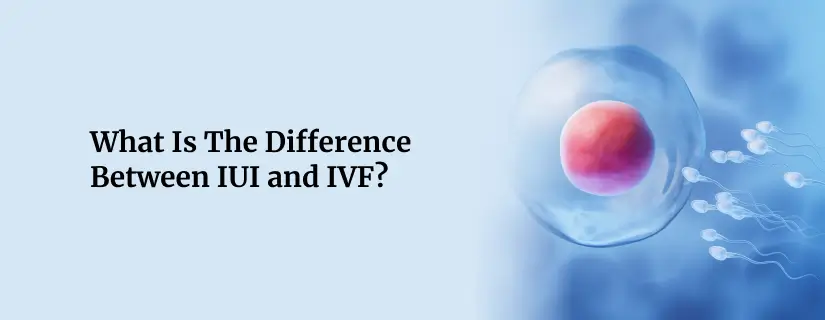
What Is The Difference Between IUI and IVF?
9 May 2025
Read More
-

Venous Malformations: Causes, Symptoms, and Treatment
30 April 2025
Read More
-

Varicose Vein Foam Sclerotherapy: Treatment, Benefits, and Procedure
30 April 2025
Read More
-

Radiofrequency (RF) Ablation Treatment for Varicose Veins: Know More
30 April 2025
Read More
-

Varicose Vein Sclerotherapy: Treatment, Benefits, and Procedure
30 April 2025
Read More
-

Varicose Vein Endovenous Laser Ablation: Procedure, Benefits, Risks
30 April 2025
Read More
Have a Question?
If you cannot find answers to your queries, please fill out the enquiry form or call the number below. We will contact you shortly.













